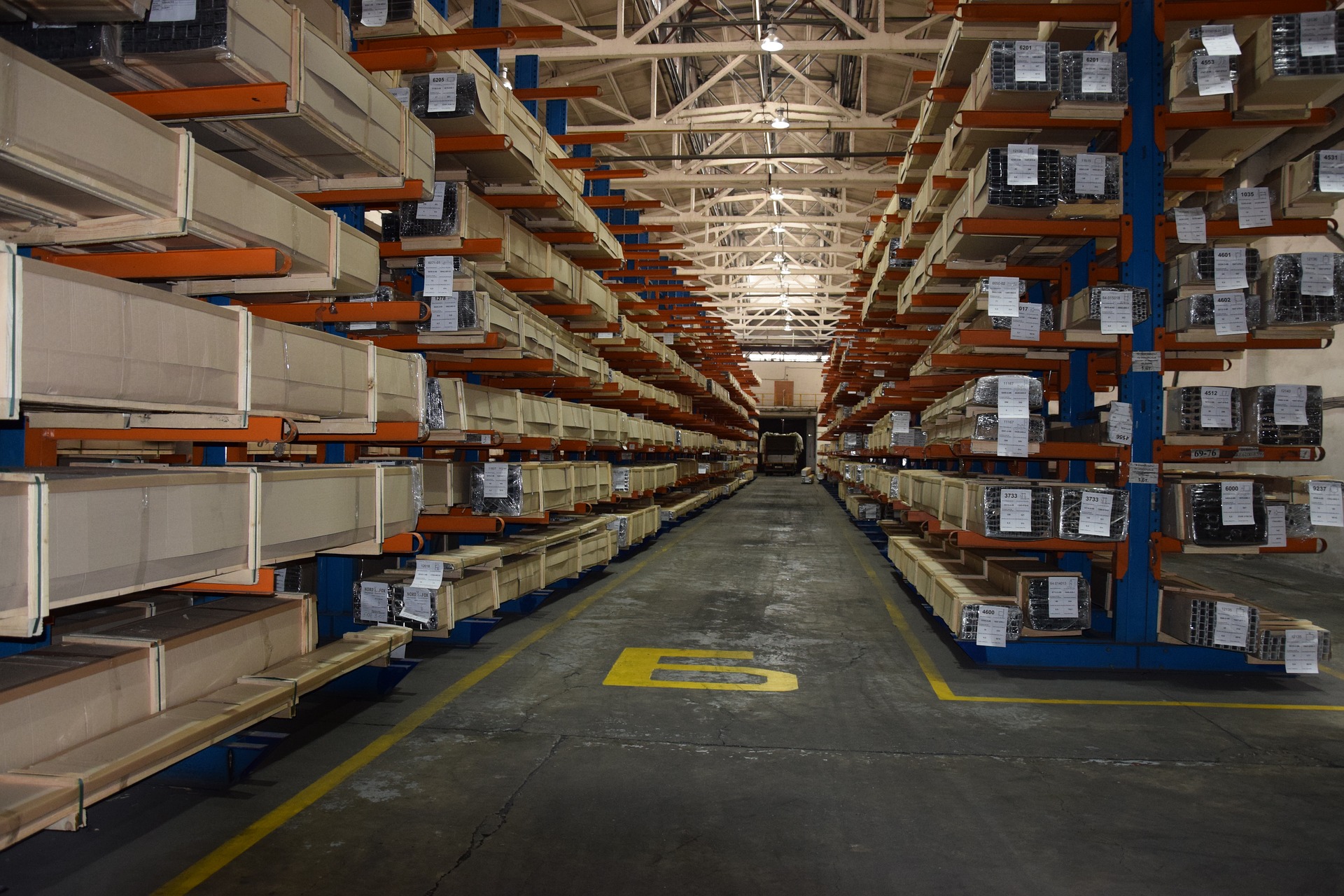 Why Ceramic Matrix Composites Are Revolutionizing Turbomachinery Design
Why Ceramic Matrix Composites Are Revolutionizing Turbomachinery Design
Imagine an aircraft engine that runs hotter and more efficiently, pushing the boundaries of flight. Turbomachinery, like gas turbines and jet engines, are vital for aerospace, power generation, and other industries. Ceramic Matrix Composites (CMCs) are changing what's possible in these machines. CMCs are revolutionizing turbomachinery design by allowing for hotter operating temperatures, decreased weight, and better efficiency, which leads to significant performance gains and cost savings.
Understanding Ceramic Matrix Composites (CMCs)
CMCs are advanced materials crafted to withstand extreme conditions. They're a special mix of ceramics designed to outperform traditional materials.
What are Ceramic Matrix Composites?
CMCs have a structure with strong ceramic fibers held together by a ceramic matrix. Think of it like reinforced concrete, but with super-tough ceramics. Silicon carbide fibers are often used due to their strength and heat resistance. The matrix material binds these fibers, distributing stress and preventing cracks from spreading. This combination gives CMCs their unique properties.
Properties of CMCs: Key Advantages
Compared to typical materials, CMCs are impressive. They offer several key advantages:
High-temperature resistance: CMCs can withstand extremely high temperatures without losing strength or shape.
Low density: They are much lighter than metals, reducing the overall weight of components.
High strength-to-weight ratio: CMCs offer exceptional strength for their weight, enhancing performance.
Excellent thermal shock resistance: They can handle rapid temperature changes without cracking or breaking.
The Challenges of Traditional Materials in Turbomachinery
Traditional materials, such as nickel-based superalloys, have limits in turbomachinery applications. These limitations hinder the progress of more efficient and powerful designs.
Temperature Limitations
Temperature limits the performance of turbines. Metals become weaker at high temperatures. Creep, oxidation, and other types of high-temperature damage become big issues. These problems reduce the life and efficiency of turbine components.
Weight Considerations
The weight of turbomachinery parts impacts overall performance. Heavier parts increase stress on rotating parts. This can negatively affect fuel efficiency. Reducing weight is key to improving performance and saving fuel.
How CMCs Are Transforming Turbomachinery Design
CMCs are used in turbomachinery to boost performance. This yields major benefits.
Turbine Blades and Vanes
CMCs are ideal for turbine blades and vanes. They allow for higher turbine inlet temperatures (TIT). This leads to better efficiency and more power.
Combustor Liners
CMCs are used in combustor liners because they can handle extreme temperatures. This reduces the need for cooling. It also lowers emissions.
High-Pressure Turbine Casings
CMCs can make turbine casings lighter. They also handle high temperatures well.
Real-World Applications and Success Stories
Many companies now use CMCs to improve their machines. Here are some real-world applications.
Aerospace Applications
GE Aviation uses CMCs in its LEAP engines. This improves fuel efficiency and cuts down on emissions.
Power Generation
Land-based gas turbines use CMCs for power plants. This increases power output and reduces how often the turbines need maintenance.
Future Trends and the Outlook for CMCs in Turbomachinery
The development of CMCs is ongoing. New uses and methods are on the horizon.
Advancements in Manufacturing Techniques
New methods, like melt infiltration, could make CMCs cheaper to produce. These advancements will expand their use.
Expanding Applications
CMCs could be used in more turbomachinery parts and industries in the future. This could include automotive and industrial equipment.
Conclusion
CMCs bring key benefits to turbomachinery like, higher temperature capacity and less weight. They also improve efficiency. CMCs are changing turbomachinery design. CMCs are critical for creating better performing, more efficient, and sustainable turbomachinery for the future.